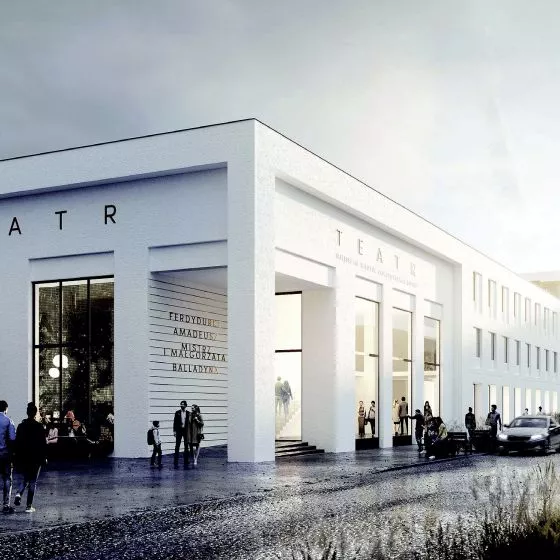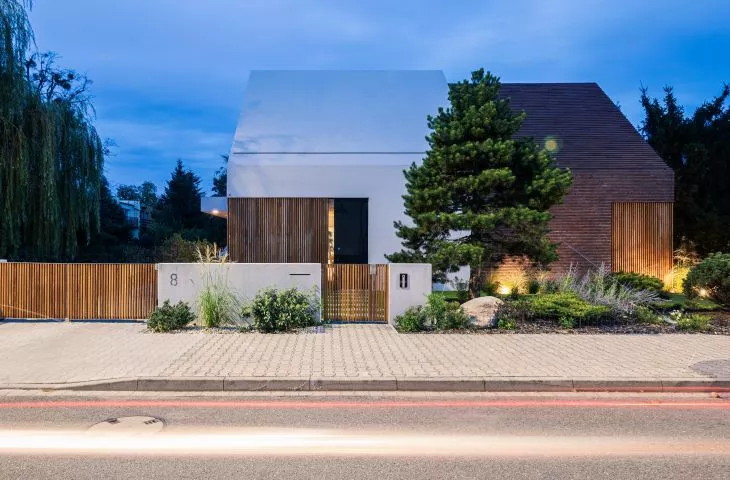Designing a building that stands out for its originality and at the same time fits into the context of its surroundings is a big challenge. Igor Kazmierczak of S3NS Architektura succeeded in doing so. The "Broken House" in Oporów, designed by him, combines modernity with reference to historical buildings.
Oporów is a housing estate located in the southwestern part of Wrocław. Traditional buildings have been preserved there. Narrow lots house small single-family houses with narrow fronts and gabled roofs. It was their form that became the starting point for the creation of "Broken House".
broken house
© Maciej Lulko
residents' needs and the architect's vision
On the plot where it was built, there was previously a building with a small volume. However, the contemporary residents needed a larger square footage. This became a task for the architect. How to solve the massing so that it would fit into the local scale of the development, but at the same time accommodate all functions and be friendly to the residents? The answer was to move the garage out of the building and arrange it in the form of a canopy over the driveway. This recovered valuable square footage that could be incorporated into the perimeter of the house.
house broken
© Maciej Lulko
contasting solids
The body of the house itself, characteristically broken, is the result of the architect's consideration of the neighboring buildings and their form. It also takes into account the guidelines of the Provincial Conservator of Monuments, who imposed restrictions on the width of the elevation, the height of the eaves and the ridge, and the layout of the block in relation to the road. The house is made up of two offset sections repeating the proportions of neighboring houses. Each of them is made of a different material. Rough red brick contrasts with the white of the plastered walls. The whole is complemented by wood, used in the facades and fence, which gives the whole a rustic character.
broken house
© Maciej Lulko
challenge
The design and construction of the Broken House was a challenge on many levels. When asked what posed the greatest difficulty, Igor Kazmierczak answers:
The biggest technical challenge was developing prototype details, and testing them before final implementation on site. As you can see, we have a prototype plaster coating on the roof, as well as a ceramic tile concealed gutter. Both solutions were tested before being designed in natural conditions to make sure they would be safe and leak-proof, while maintaining their aesthetic qualities. Similar solutions had already been used in European projects, so it was necessary to examine how these solutions worked in time and whether they could be transferred to domestic soil. Another challenge was to find a contractor who would take on unusual challenges. We succeeded in one and the other.












































